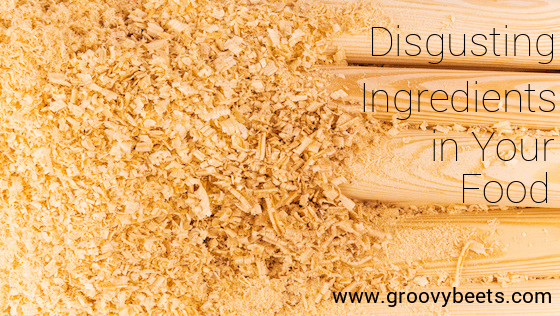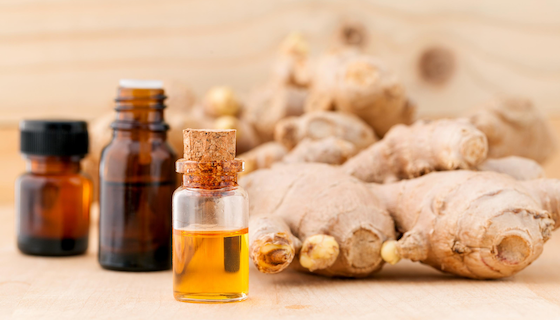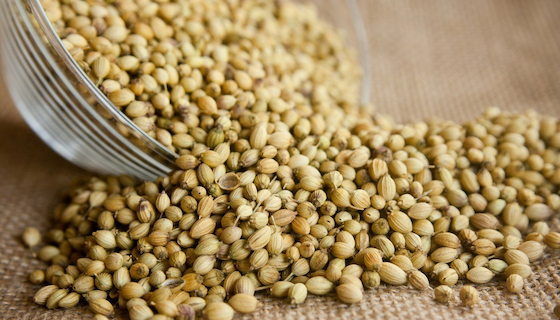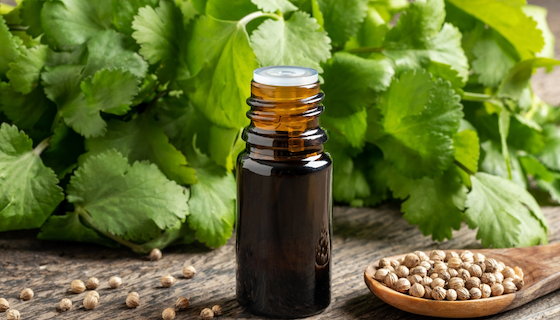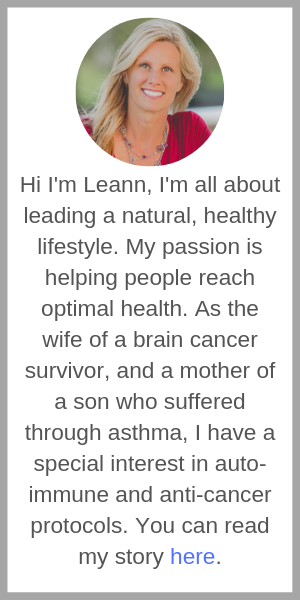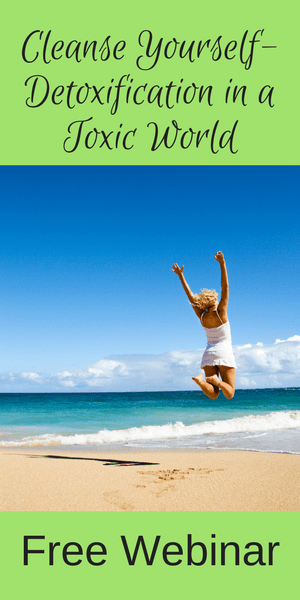How would you feel about eating some sand, human hair, duck feathers or wood pulp for your next meal?
I’m going to guess that most of you said “No!”
But the fact is that you probably have had one of those…possibly even this week. Sorry to be the bearer or this bad news, but the fact of the matter is that food manufacturers aren’t always 100% transparent about the disgusting ingredients that go into their food.
Click here to get your FREE report: “How Food Additives Ruin Your Family’s Health”
If the list of ingredients in your favorite foods includes Silicon Dioxide (aka silica, quartz, silicic oxide), L-Cysteine (or Cysteine), and/or Cellulose (aka dietary fiber), then you may want to sit down.
Now I’m not going to say that eating these items will send you to the bathroom or worse, the hospital, but I just want you to be aware of some disgusting items that you may be allowing into your body. The FDA has made many claims that these things are safe for human consumption. And they’re never wrong, right?
Silicon Dioxide
What is it? It’s a natural compound made up of silicon and oxygen. And in laymen’s terms, it’s sand. 59% of the earth’s crust is made of silicon dioxide.
Why is it used? Because it’s an anti-caking agent and absorbs humidity in food.
Where is it found? In foods like salt, soup, coffee creamer, and many processed foods.
FYI: there can be a health concern when exposed to too much silicon dioxide. Just like when miners are exposed for long periods, it can cause lung damage and possibly lung cancer.
L-Cysteine or Cysteine
What is it? It’s an amino acid, which is often sourced by human hair, duck feathers and hog hair.
Why is it used? When the hair or feathers are dissolved in acid, the L-Cysteine is obtained and sent to food manufacturer to extend the shelf life of their food. Some companies have come out and said that they use a synthetic version that is not made from human or animal hair.
Where is it found? In items such as cottage cheese, yogurt, pork, chicken, lunch meat, granola and bread.
Cellulose
What is it? A molecule made of up carbon, hydrogen and oxygen. It’s found in plant matter and wood pulp (but it’s cheaper for companies to use cellulose found in wood). It’s an indigestible carbohydrate known as dietary fiber.
Why is it used? It’s a food additive that adds to a food’s fiber content and provides volume, but has no caloric value. It’s used in diet foods because it allows you to feel full without consuming too many calories.
Where is it found? Just about everywhere – you’ll often find cellulose in many ingredients. Also look for things like “dietary fiber” and “extra fiber”.
Remember to always check the ingredients, even for organic products. My goal is for people to be aware of what they’re eating and how it affects their health. Let me know what you think in the comments below!
 Login
Login